Cheonggyecheon Stream (청계천)
336.3M 2024-05-16
Changsin-dong, Jongno-gu, Seoul
+82-2-2290-7111
Cheonggye Plaza was built on Sejong-ro Street, where Cheonggyecheon Stream begins. It was built between Dong-A Ilbo, the starting point of the Cheonggyecheon Stream restoration, and Sindap Railroad Bridge, with a length of 160 meters, a x_width of 50 meters, and a total area of 6,962 meters squared. The plaza is decorated with fountains, waterfalls, and walking paths. It was created as a place for meetings, harmony, peace, and unification, to celebrate the significance of the restoration of Cheonggyecheon Stream. A miniaturized version of Cheonggyecheon Stream is displayed here, providing an overview of the restored stream. There are also interpretive panels about the 22 bridges that cross Cheonggyecheon stream. Fountains of various shapes create beautiful scenery. Cheonggyecheon Stream is accessible from the square through stairs on the left and Cheonggye Trail on the right. There is also an 18-meter tunnel on the Cheonggye Trail, providing a unique experience for citizens entering Cheonggyecheon Stream from the plaza. After constructing Cheonggyecheon Plaza, the Seoul Metropolitan Government made it a car-free street on public holidays so that the plaza, waterside area, and streets could be used as cultural spaces for citizens to relax. A spectacular sight is created by three-color lights illuminating the fountains and a two-tiered waterfall coming down from a x_height of four meters. Palseokdam, made of eight stones from eight provinces in Korea, was laid along the waterfall's sides.
Dongdaemun Dak Hanmari Alley (서울 동대문 닭한마리 골목)
355.3M 2024-03-04
37-7, Jongno 5(o)-ga, Jongno-gu, Seoul
+82-2-2236-9135
Located near the Dongdaemun Market, Dongdaemun Dak Hanmari Alley gets its name from the restaurants serving dak hanmari (whole chicken soup) that line the alley. Dak hanmari (whole chicken soup), literally “one whole chicken” in Korean, is a dish where a whole chicken is boiled in a soup and served with the alley’s special sauce. After the diners eat the meat, the broth is used to make kalguksu (noodle soup). Because the area is home to large-scale apparel and fashion material markets of the Dongdaemun Market, the district is always lively and bustling.
Dongdaemun Shopping Complex·Dongdaemun Shopping Town (동대문 종합시장·동대문 쇼핑타운)
360.0M 2020-06-04
266, Jong-ro, Jongno-gu, Seoul
+82-2-2262-0114
Dongdaemun Shopping Complex is one of Korea’s most well-known markets. It was founded in December 1970 as the largest of its kind in Asia and has maintained that status for the last 40 years. Browsing the plethora of shops, you can find fabric and clothing following all the latest global fashion trends. Dongdaemun Shopping Complex continues to build up its reputation as a hub of international design.
Dongdaemun Shopping Complex (Hanbok Shops) (동대문종합시장 한복상가)
360.0M 2021-09-15
266, Jong-ro, Jongno-gu, Seoul
+82-2-2262-0114
As one of the largest markets in Asia, Dongdaemun Shopping Complex boasts huge hanbok shops. Most of the major hanbok and fabric distributors are located here. It offers a wide array of hanbok from traditional hanbok to modernized hanbok in addition to accessories and clothing materials. Dongdaemun Shopping Complex is a popular spot among international tourists who want to experience traditional Korean culture and purchase various souvenirs.
Jinokhwa Halmae Wonjo Dakhanmari (진옥화할매원조닭한마리)
365.6M 2024-03-04
18 Jong-ro 40ga-gil, Jongno-gu, Seoul
+82-2-2275-9666
Jinokhwa Halmae Wonjo Dakhanmari is a renowned restaurant located in the alley of whole chicken soup near Dongdaemun Market, operating since 1978. Its specialty is dakhanmari (whole chicken soup), a whole chicken boiled in savory and rich broth. Adding finely chopped green onions enhances its refreshing flavor. The chewy rice cakes dipped in the seasoned sauce are also delightful. Additionally, it's customary to enjoy the remaining broth by mixing it with seasoning sauce and noodles, creating a delicious kalguksu (noodle soup).
Jinkwang Sports [Tax Refund Shop] (진광스포츠)
373.6M 2024-06-27
298, Cheonggyecheon-ro, Jung-gu, Seoul
-
Hoopcity Dongdaemun [Tax Refund Shop] (HOOPCITY 동대문)
384.2M 2024-04-18
1F, 324, Toegye-ro, Jung-gu, Seoul
-
Yennal Yeongil Naengmyeon (옛날연길냉면)
385.4M 2021-03-18
31, Jong-ro, 46-gil, Jongno-gu, Seoul
+82-2-747-8898
This is a Korean cuisine located in Dongdaemun Gate, Seoul. A restaurant run by a Chinese. The best menu at this restaurant is cold buckwheat noodles.
Gwanghuimun Gate (광희문)
389.9M 2021-02-24
344, Toegye-ro, Jung-gu, Seoul
+82-2-3700-3900
Gwanghuimun Gate is said to have been originally constructed in 1396, the 5th year of King Taejo, at the southeast of the capital city. It was often referred to as Sugumun Gate (water channel gate) and was actually used as a Sigumun, literally meaning “corpse gate,” as funeral processions passed through this gate when exiting to the east.
During the Imjin War (1592-1598), the fortress gate was destroyed to such a degree that it made finding the original location close to impossible. Nevertheless, reconstruction efforts were started in 1711 (37th year of King Sukjong) and the gate was restored together with the gate's watchtower. Gwanghuimun Gate remained intact even when the fortress walls were demolished to build tram tracks during the Japanese occupation, but it was later damaged during the Korean War and left neglected. In 1975, restoration work was carried out to relocate Gwanghuimun Gate to a site 15 meters south of its original location since it stood in the middle of the road.
The Ssanghwa Coffee (더쌍화coffee)
396.6M 2023-11-03
252-3 Jong-ro, Jongno-gu, Seoul
The Sssanghwa Coffee, located near Dongdaemun Market, is a tea house serving traditional medicinal teas. In matching with their menu, the cafe is also decorated like a room found in a traditional Korean house. The cafe is comprised of three buildings, with the main building being for orders, and the Byeolgung and Ssanghwagung buildings offering seating. Each traditional tea order comes as a set with food items such as rice porriage, fruit, or rice cakes. The cafe also offers rooms which are very popular, so making a reservation is necessary.
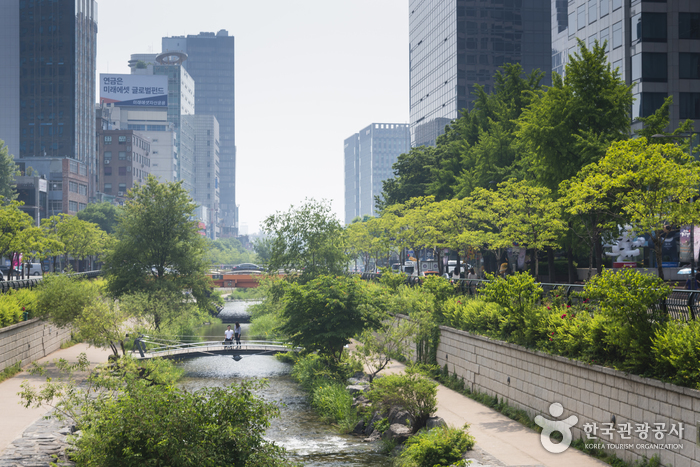
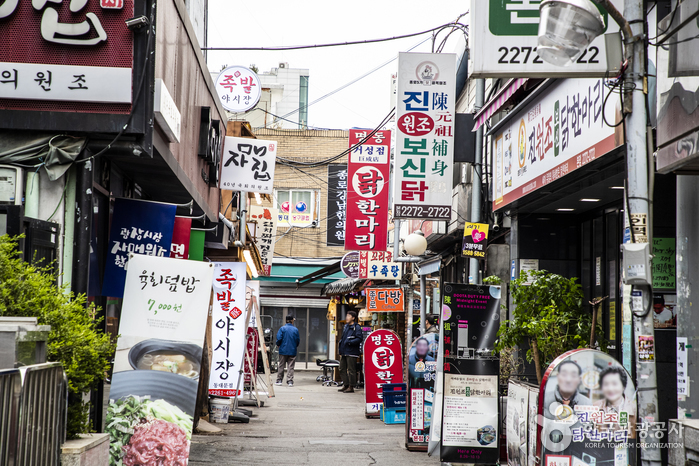
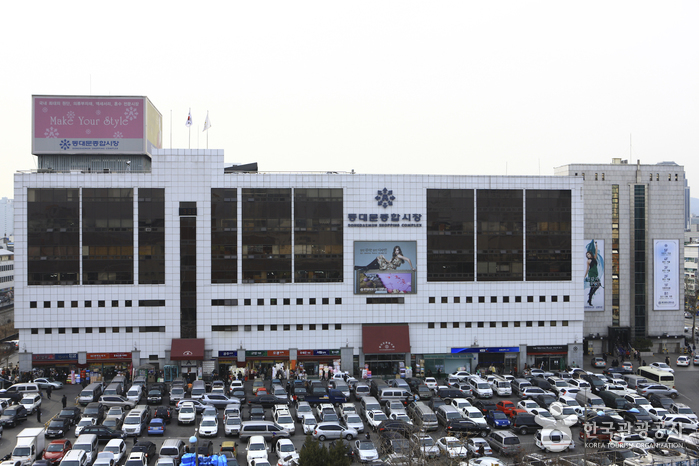
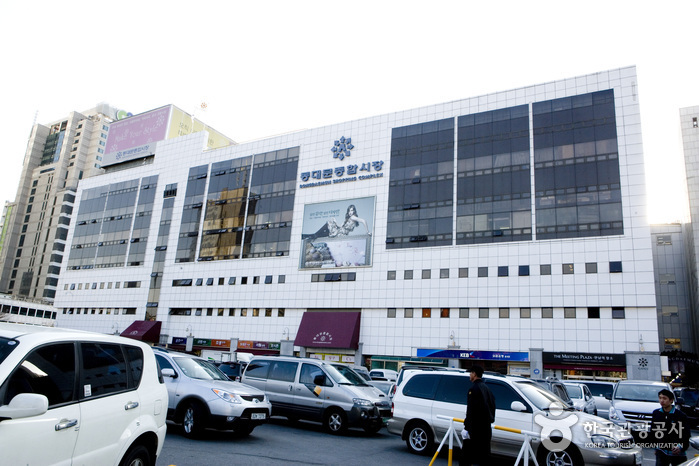
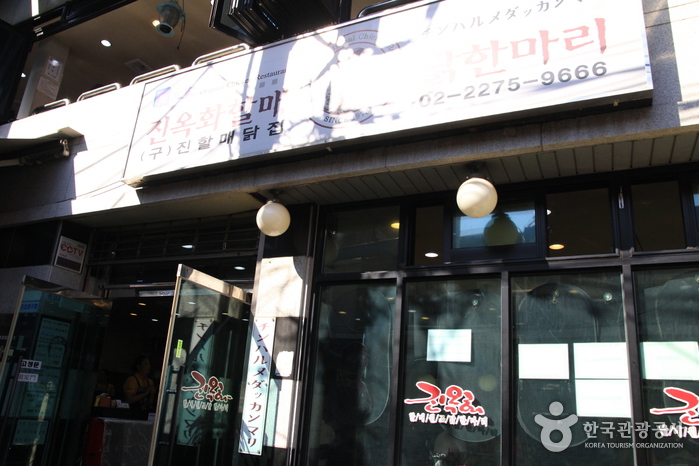

![Hoopcity Dongdaemun [Tax Refund Shop] (HOOPCITY 동대문)](http://tong.visitkorea.or.kr/cms/resource/51/2878751_image2_1.jpg)
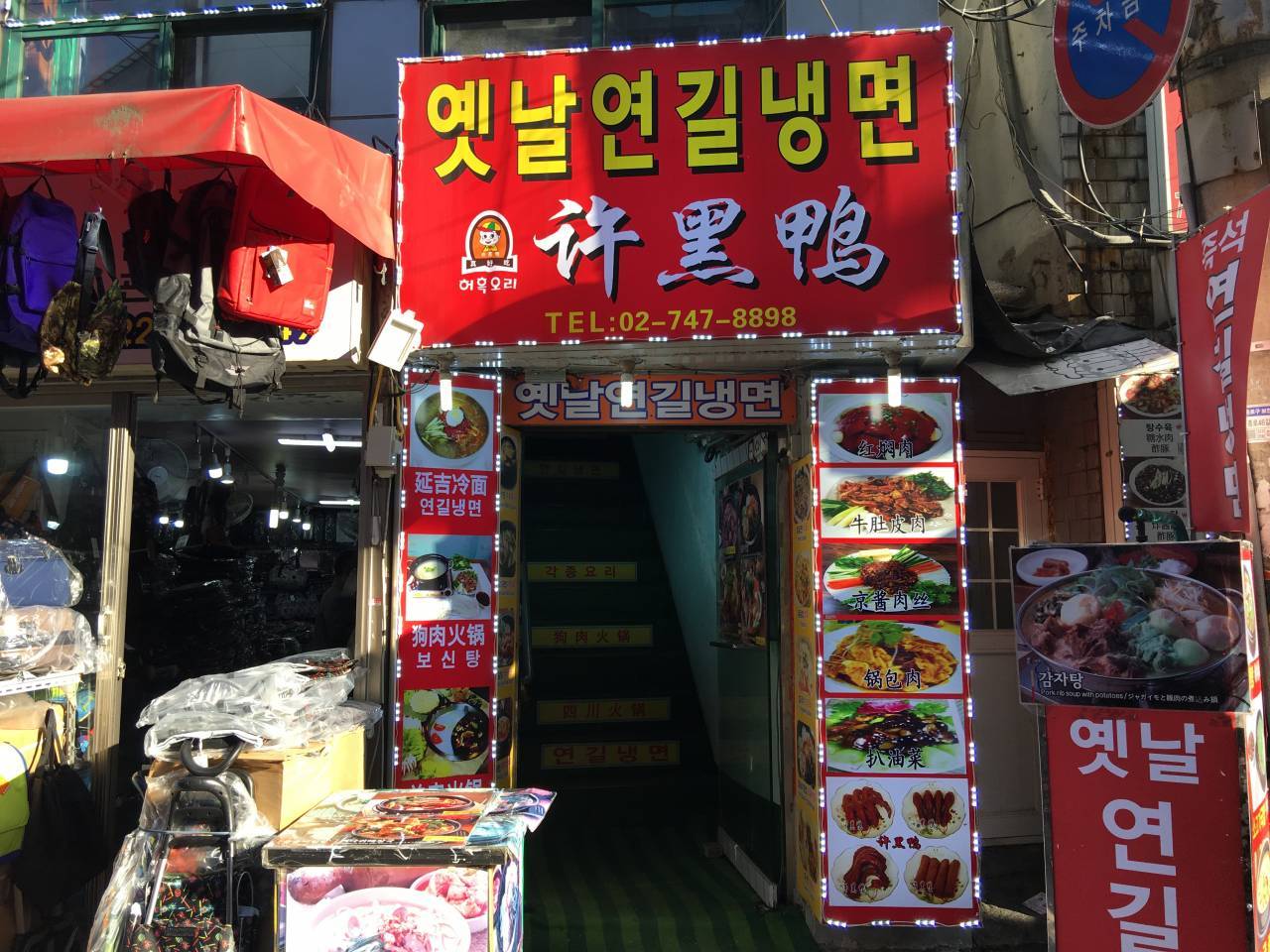
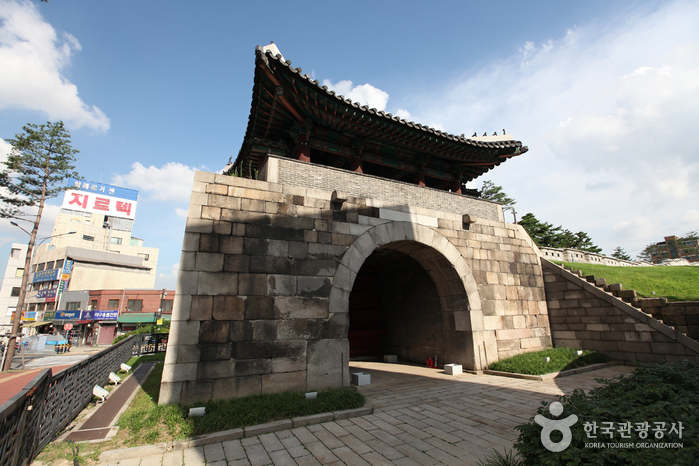
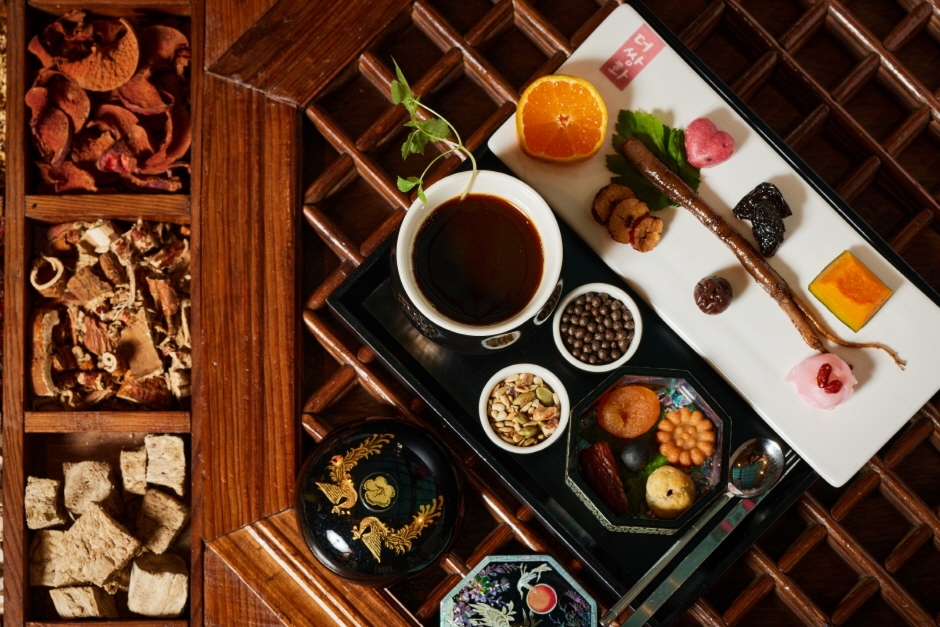
 English
English
 한국어
한국어 日本語
日本語 中文(简体)
中文(简体) Deutsch
Deutsch Français
Français Español
Español Русский
Русский